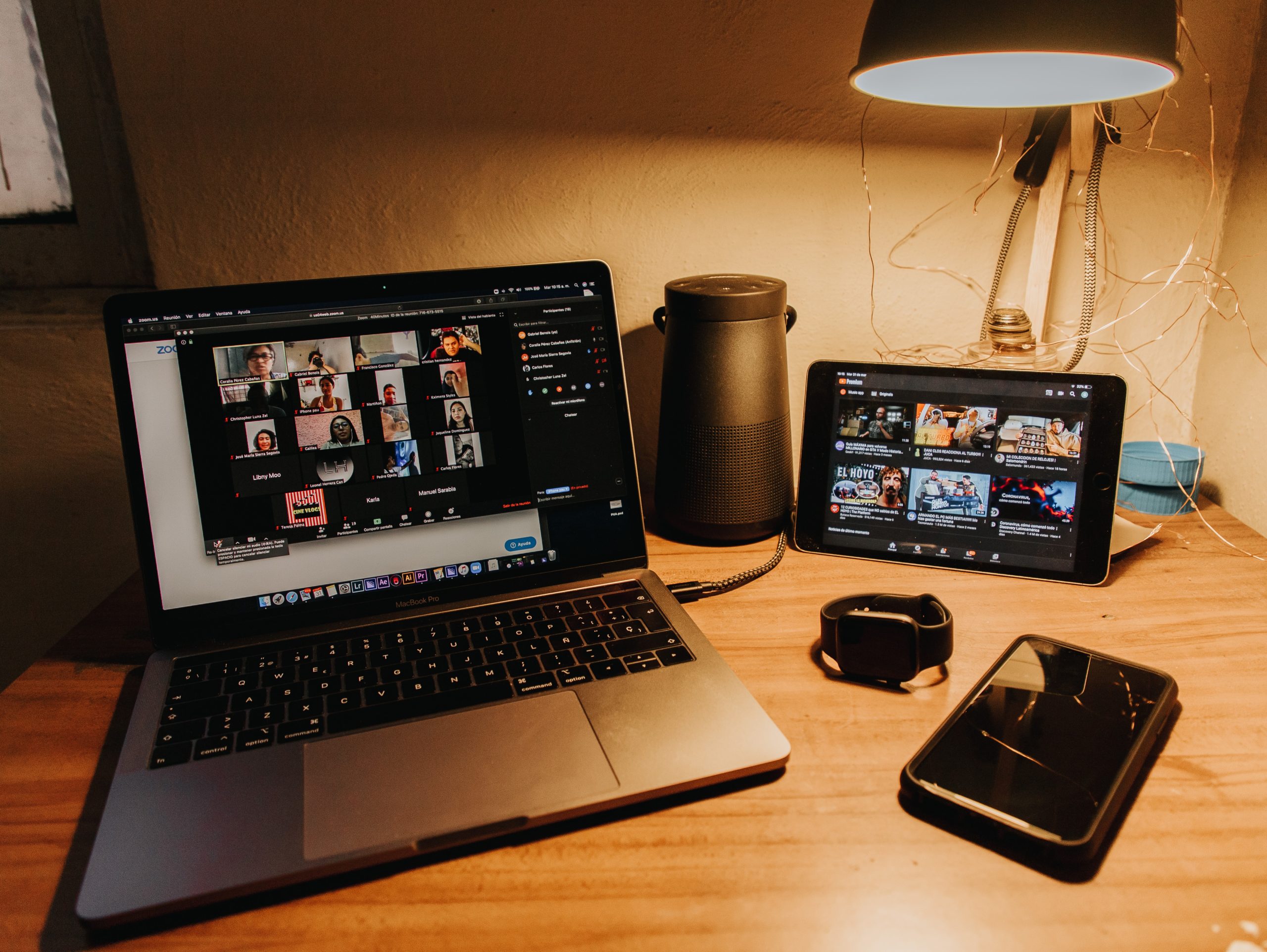Onboarding Remotely: All You Need to Know
Employee onboarding is a vital step in the hiring process and can dictate whether a new hire stays on or decides it’s not the right fit. With the COVID-19 pandemic, many companies are having to re-organize themselves and much of the work is now done remotely. This includes the hiring and onboarding process. You’ll need to update your onboarding process because for the most part, onboarding will be done remotely through emails and video calls. Here’s how to get remote onboarding right:
Paperwork
Everyone’s favorite part of onboarding. In all seriousness, getting the paperwork to the new hire smoothly and accurately helps get them off to a good start. Upon accepting the offer, be swift to make sure they have the following in their inbox:
- Verbal offer
- Formal written offer
- Agreed start date
- Job contract
- Copy of full job description & responsibilities
- Contact information
- Payroll details
- Tax and Eligibility to Work forms
- Request acceptable forms of ID
There are other company specific, job specific paperwork you will want to include, but make sure they get all these things in writing before their first day.
Welcome pack
Send your new team member a little care package with goodies like pens, a notebook, a company branded water bottle, etc. This small gesture can go a long way to making the new hire feel welcomed. Even though they are working remotely, they will feel part of the team.
Set up necessary equipment/accounts
Because your new hire won’t be coming into a physical office, it’s important to communicate with them to know what equipment they will need for their home office. You may need to order necessary equipment such as:
- Laptop/PC
- Printer
- Cellphone
- Desk
- Office chair
It’s also important to set up their accounts for key company systems such as:
- CRM
- Company email
- Office365
- Set up VPN
Meet teammates/assign a mentor
Meeting the team on the first day of work is easy in office because you can get the team together to introduce the new hire. However, the first day in a remote job, as an employer you need to plan before hand to make the introductions between team members and the new hire. Plan a time for all to get on a video call to meet the new addition. It’s also important to give a tour of the office. Whether you use Facetime to give a little tour or you pre-record one, it doesn’t matter.
Assign a mentor to the new hire. It can be a senior team member or someone that you think can develop a relationship with the new hire. It’s important that they have someone they can count on or go to when they have a question. Their mentor will also help them feel part of the team even though they are working remotely.
Meet with different teams
Set up short meetings with the various heads of departments. For example, in the first week set up short calls with HR to talk about payroll or 401k options or a call with management so they can go over the vision of the company and its mission. This helps get the new hire on the same page as everyone else and can answer any questions they may have.
Follow-up
They key thing about onboarding is that it’s not just a checklist of things to do the first week or month of the new hire. It’s a process of learning and communication with the hire to make sure they are learning all they need to and so you know what they are feeling. Communication is key to onboarding remotely so you’re in frequent contact with the new employee. It’s a good idea to get on a video or phone call with them on a weekly basis to make sure you know how they are adjusting. Onboarding remotely can be a challenge but if you are always in communication, you can know how to help a new hire and make their adjustment easier.

Struggling to find top
talent for your business?
Connect with the expertes at Recruiting Connection and discover the difference our full-service recruitment can make.
Contact Us Today















